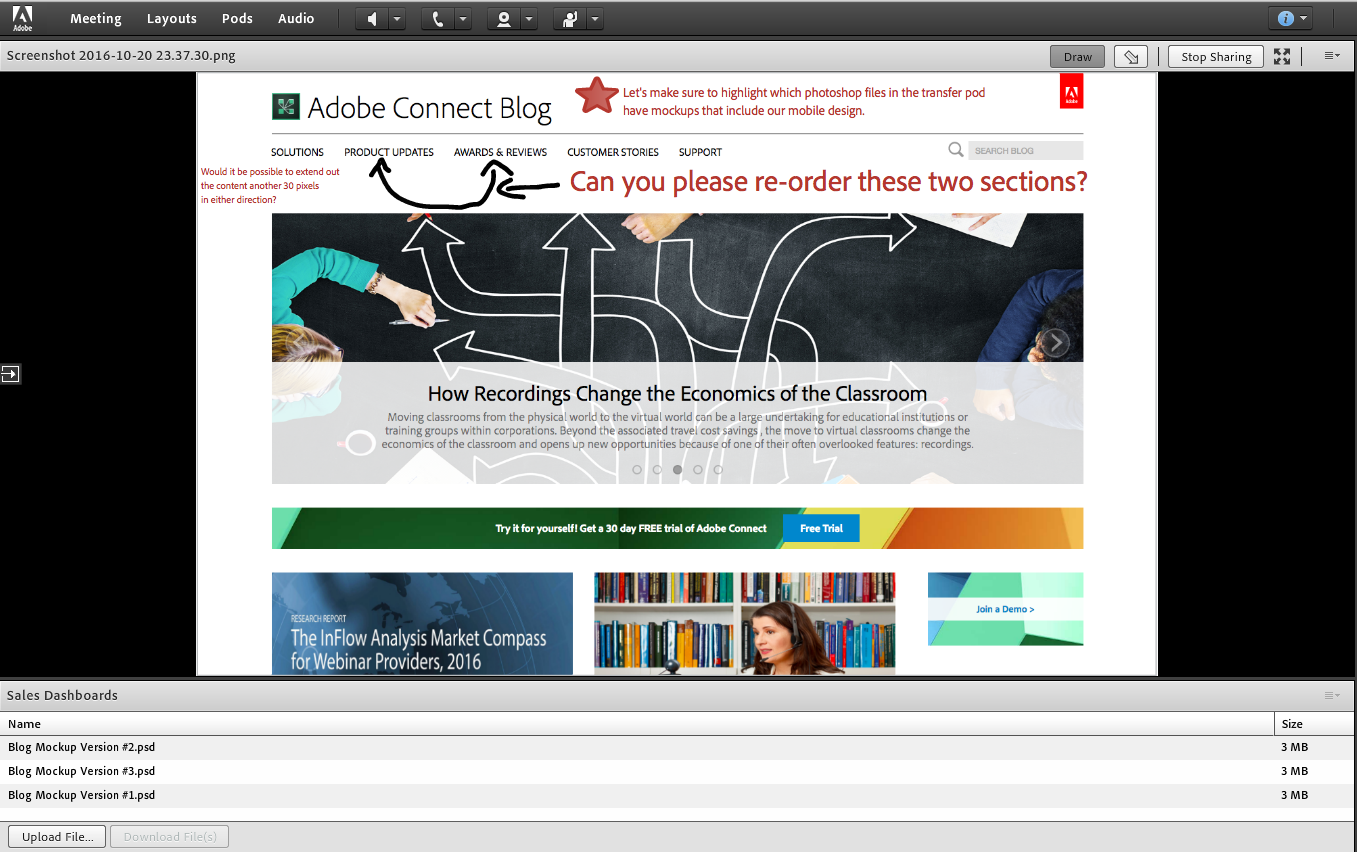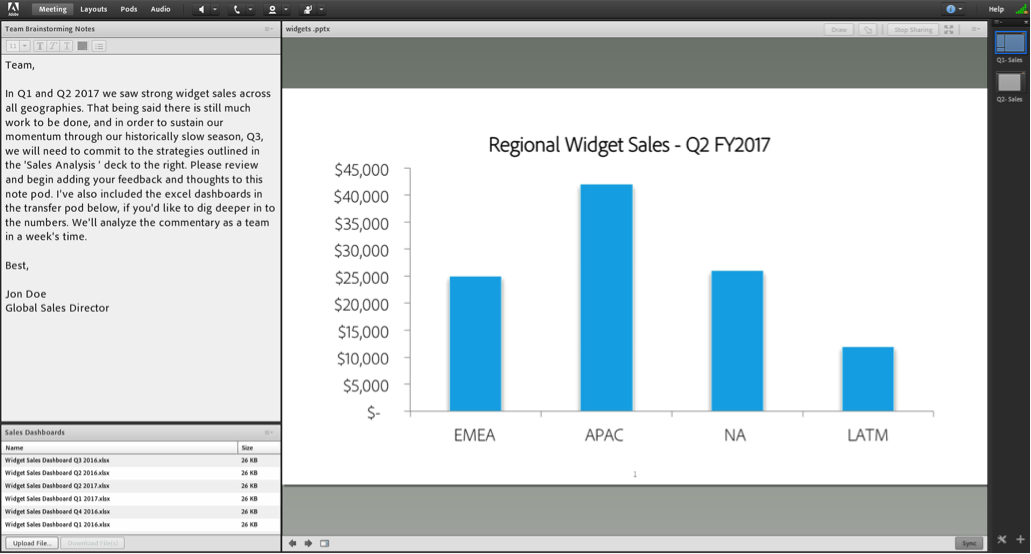The Way We Work Is Changing
There’s no denying it: where we work is changing, how we work is changing, and when we work is changing. Completely gone is the prototypical method of approaching a workday by picking up a briefcase, commuting by car, arriving to an office by nine, and leaving, physically and mentally, around five.
A (very) Brief History of Work
Humans have come quite a long way since our early days as hunter-gatherers. Studies examining these societies show that the daily average amount of time spent working was little more than two hours. As civilized cultures marched forward towards either agrarian or capitalist societies, weekly hours worked spiked. This increase in labor demand did not come without benefit as marked improvements in life expectancy, productivity, and general fulfillment were witnessed. Other major advents in labor norms which were ushered in by the first and second industrial revolutions, and spikes in globalization due in part to technology’s impact on reducing transportation and communication costs, have created what we refer to today as the global economy.
Effectively Enabling Work Life Integration Through Technology
Technology is continuing to blur the lines between work and life. On one hand are noticeable increases in enterprises’ productivity and efficiency, and on the other is a decrease in individuals’ job satisfaction due to the seemingly unavoidable encroachment ‘always on’ brings to our personal and family lives. Five years ago conversations on this topic revolved around the term ‘work life balance’, today we are witnessing a paradigm shift towards the, arguably more realistic, concept of ‘work life integration’.
More people today are working outside of the traditional office than ever before. Over 50% of the US labor force holds a position that is compatible with at least some telework[1] and in 2015 38% of workers in management, business, and financial occupations did some or all of their work at home[2]. These numbers are also expected to increase in the coming years. Navigating the changing dynamics of the how, when, and where of work life integration and their effects on employee fulfillment, satisfaction, and commitment should be at the forefront of firms’ strategic priorities.
A Dose of Realism
It is worth acknowledging that in spite of the data pointing towards companies’ increasing acceptance of geographic flexibility, supporting a dispersed labor force does not come without challenges. Distractions, lack of community, and communication barriers are just a few of the potential difficulties to overcome. Admittedly, a work from home situation is not ideal for everyone. Flexibility should not be the main guiding force in this conversation, and as the phenomenon continues to grow in popularity increased emphasis must be placed on the shared responsibility held by both hiring managers and applicants in deciding whether remote work is in the best interest for an employee’s development and the company’s long-term success.
Adobe Connect’s Role
Exchange of ideas across diverse teams has repeatedly shown to yield impactful outcomes and lead to increases in competitive advantage. Finding the right players for the ideal diverse team often means tapping in to multiple geographies across many time zones. One can expect these employees to encounter a range of unplanned matters to tend to throughout their tenure, which will challenge an entire team’s ability to be present at specific moments in time.
Adobe Connect enables asynchronous collaboration experiences to help the modern employee effectively overcome these difficulties. You may be asking yourself what exactly does it mean to work asynchronously? The explanation is relatively simple, with the main point being that simultaneous digital presence of an entire team need not be a prerequisite to deep collaboration.
Whether you refer to them as huddle rooms, teaming rooms, or something else entirely, having a persistent always-on workspace allows for true work-life integration by enabling agile incremental contributions to projects regardless of an individual’s location, personal matters, or working style. Consider these two use cases within Adobe Connect that help modern workforces realize their full potential by leveraging asynchronous collaboration:
Leverage diverse team’s skillsets through content persistency
Helping teams take command of their unique collaboration style and enabling them it use it to its fullest potential is what Adobe Connect is all about. Persistency of content in an Adobe Connect room enables designers to solicit whiteboarded feedback from internal teams or external clients throughout their entire creative workflow. Access to an unlimited number of layouts means that any number of creative assets can have their own virtual canvas to provide and/or solicit feedback from. A note pod can further capture team members’ comments and explanations.
Business analysts can upload PowerPoint presentations to a room and move between individual layouts representing different sales periods. Feedback and brainstorming can be solicited in advance of an in-person review to prepare a set of talking points. Displaying and housing content in this way allows teams to continually reference historical findings and data, ultimately supporting more informed and collaborative decisions about the future.
Access to interactive recordings increases the sense of inclusion amongst remote employees
Adobe Connect provides tools for recording and editing online meetings that make their sharing and playback effortless. The majority of all interactive experiences, such as links and downloadable files, remain present during playback. Recordings can be made available on demand for either online or offline consumption. The richness and flexibility that accompany Adobe Connect’s suite of recording features helps improve reach and access to critical conversations for dispersed teams. Gone are the days where time zones dictate employee’s exposure to key interactions.
A Final Thought
The digital age is fully upon us and as our relationships with these concepts continue to evolve Adobe Connect will be adapting every step of the way to support the needs of tomorrow’s knowledge workers and enterprises.
[1] http://globalworkplaceanalytics.com/telecommuting-statistics
[2] http://www.bls.gov/news.release/atus.nr0.htm
Wondering what to read next? Here are a few suggestions:
Adobe’s Digital New Hire Orientation Pushes Boundaries of Interactivity and Drives Engagement
Adobe Connect Mobile Brings Custom Pods to Your Mobile Device


